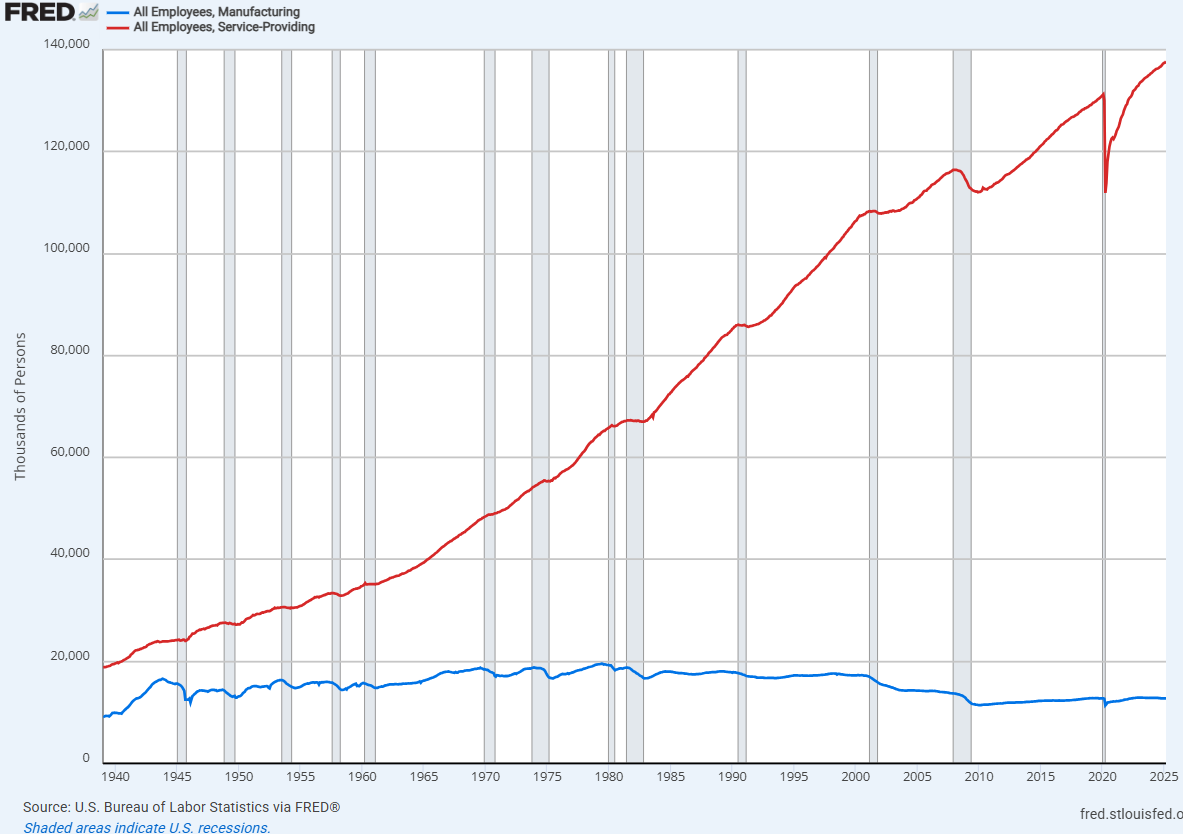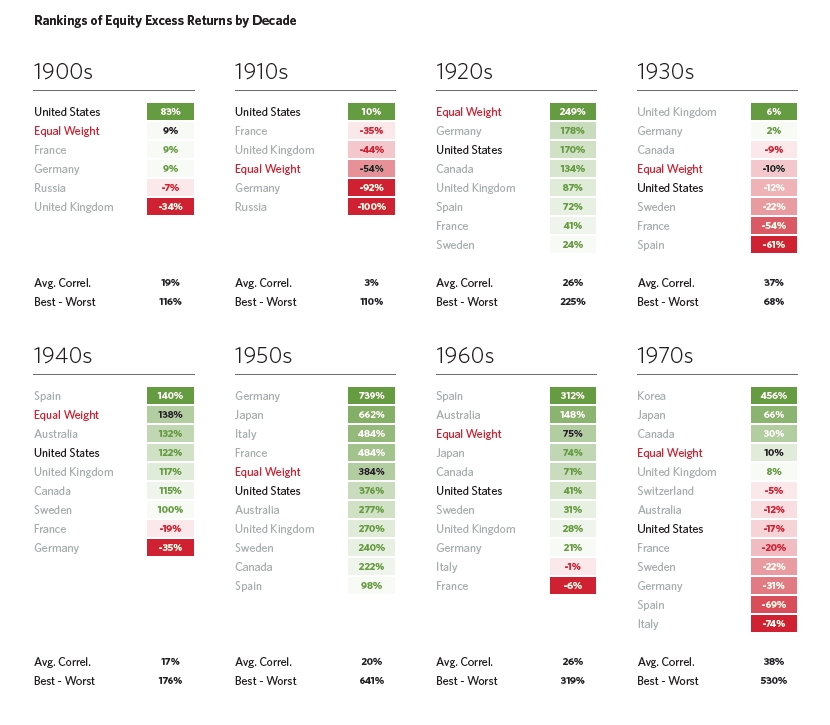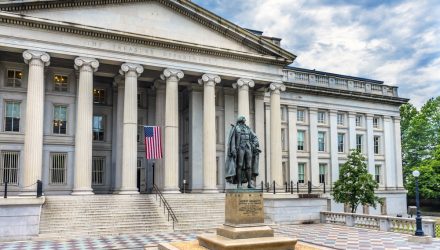These Are the 27 States That Guarantee a Personal Finance Course for All High Schoolers
You would think that in a country which, at least publicly, preaches the tenets of capitalism so ardently, and has launched numerous wars to supply its capitalist system, it would at least provide some financial literacy education to its millions of young students to help support that system. Unfortunately, the United States not only does […] The post These Are the 27 States That Guarantee a Personal Finance Course for All High Schoolers appeared first on 24/7 Wall St..

You would think that in a country which, at least publicly, preaches the tenets of capitalism so ardently, and has launched numerous wars to supply its capitalist system, it would at least provide some financial literacy education to its millions of young students to help support that system.
Key Points
-
Surprisingly, just over half the high school students in the United States have access to a personal finance course in school.
-
Almost all the personal finance requirements are limited to a half credit or one credit course.
-
Are you ahead, or behind on retirement? SmartAsset’s free tool can match you with a financial advisor in minutes to help you answer that today. Each advisor has been carefully vetted, and must act in your best interests. Don’t waste another minute; get started by clicking here here.(Sponsor)
Unfortunately, the United States not only does not provide national standards, funding, or direction for financial literacy, but it has actively fought against it since the wealthy individuals who control our government would prefer people remain ignorant of their financial power. That being said, there are a few states that have made efforts to educate the youth about how to survive in America. Here is which states require financial literacy, and what they offer.
Alabama

Alabama launched its career preparation course in 2013. It includes college preparation content, basic industry skills, and personal finance education. Around 44% of the entire course is dedicated to personal finance “topics”, which is almost a half-credit of personal finance education. Essentially, this is the bare minimum of what constitutes financial education.
California

California recently passed a new law that would require a one-semester personal finance course for every high school student. The current plan is to implement these courses by 2027. Part of this plan is to make completing the personal finance course a requirement for graduating high school by 2030.
Connecticut

Beginning in 2027, Connecticut will require all high school students to complete a half-credit “personal financial management and financial literacy class”. The class covers things like banking, savings, personal finance “matters”, investing, credit cards, and debit cards.
Florida

In 2022, Florida passed a new law that would require taking a financial literacy class in order to graduate high school. The class is a half credit and covers things like saving, investing, filing taxes, opening bank accounts, insurance policies, and budgeting. The requirement will be implemented for the class of 2027.
Georgia
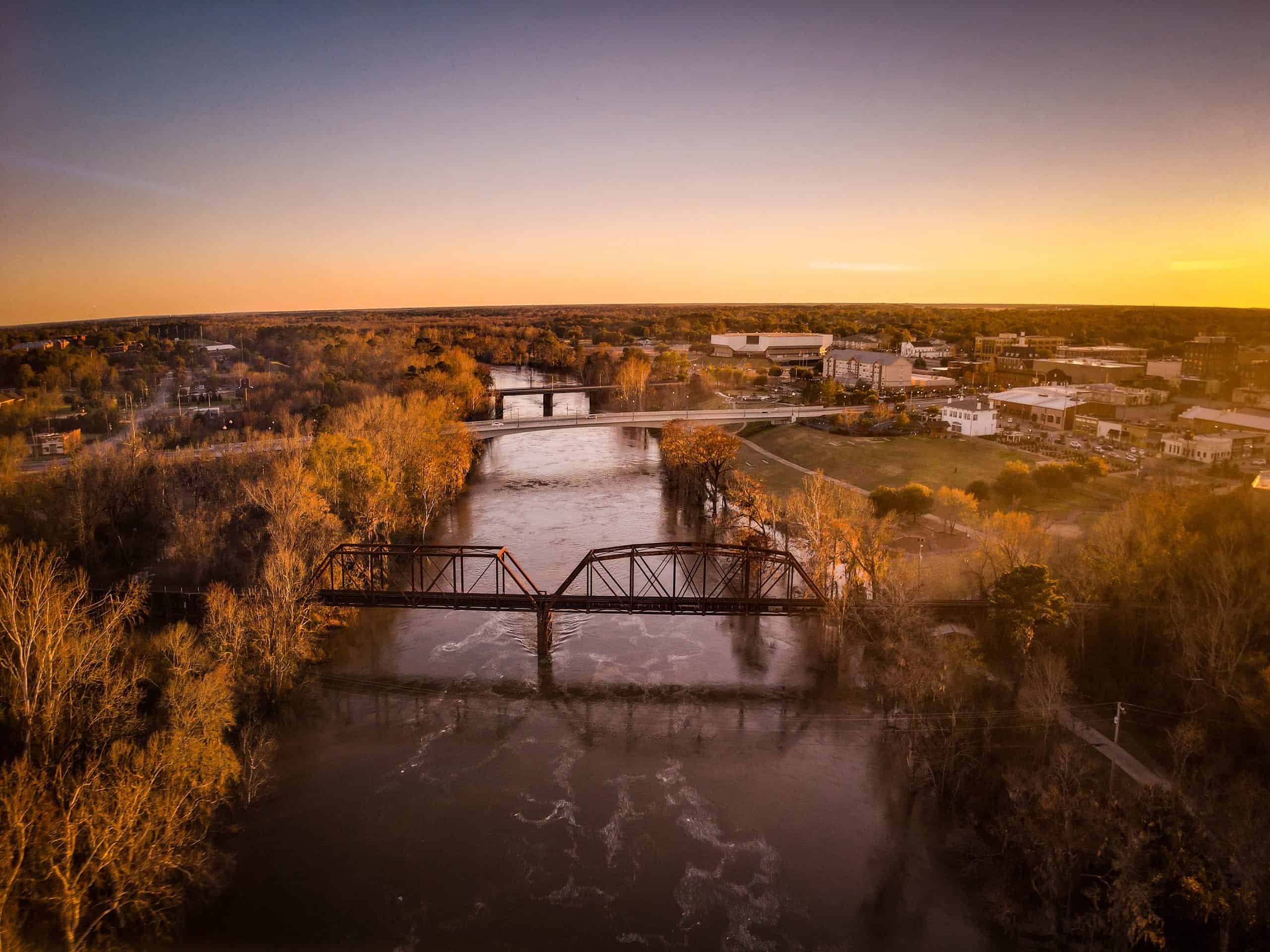
Starting with the 2028 graduating class, Georgia will require all students to take at least one half-credit class in financial literacy. The class can double-count for credit in math, elective credit, or social studies. So, Georgia really did less than the bare minimum when it comes to financial literacy and education.
Indiana

The class of 2028 will be the first class in Indiana to have to take a “personal financial responsibility course” in order to graduate. This requirement applies to all public and private schools.
Iowa

Iowa also joins the list of states that implemented new financial literacy laws in just the last few years. It implemented financial literacy requirements in 2023, requiring that students take only a half-unit of financial literacy in order to graduate. The requirements were supposed to be implemented in 2019, but it was pushed back after the state couldn’t do it in time.
Kansas
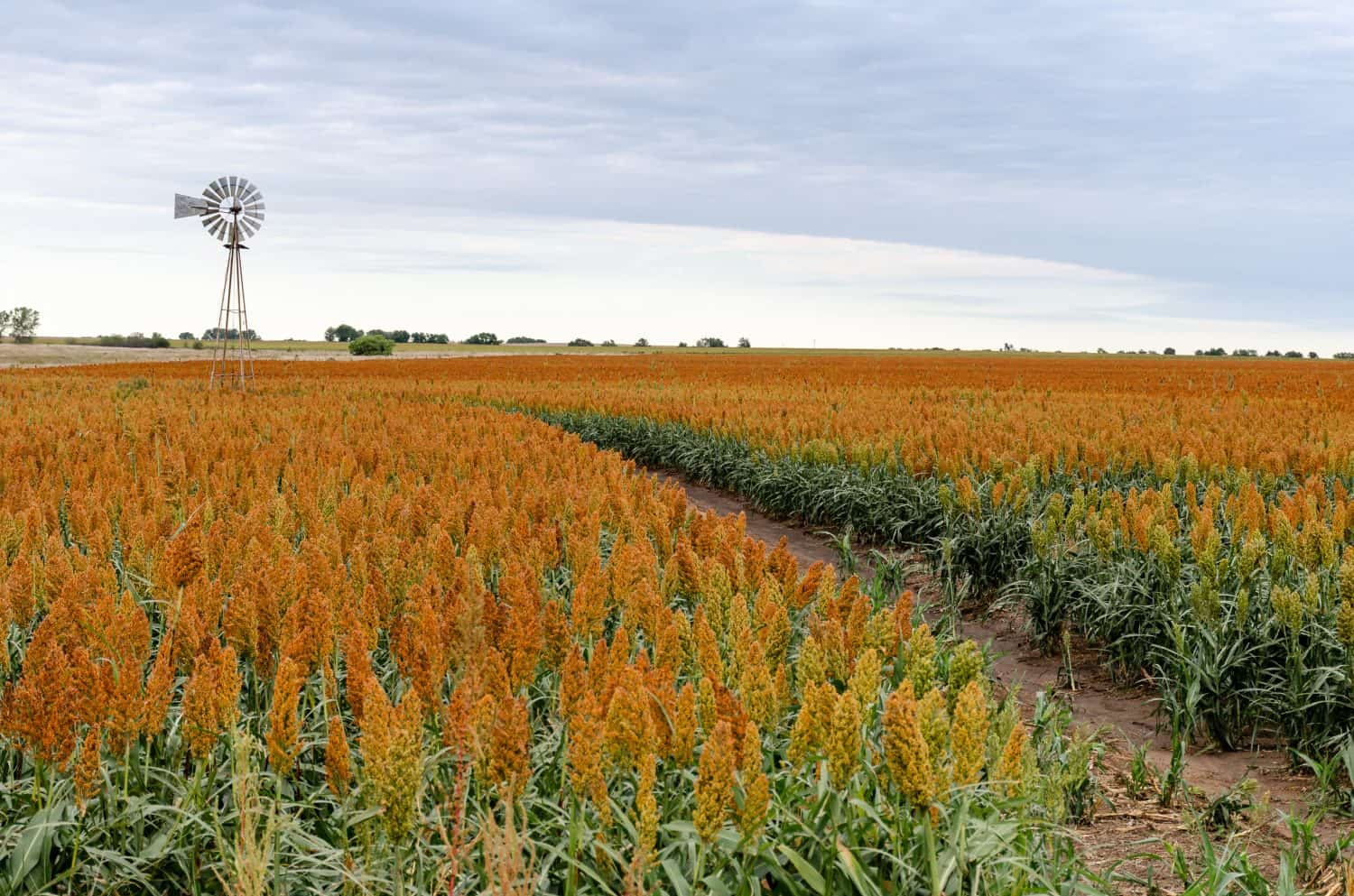
Kansas implemented new education and graduation requirements in 2021 which included a half-credit financial literacy requirement in order to graduate. Prior to this change, Kansas required one unit of PE to graduate, but reduced this to one-half and added the personal finance requirement.
Kentucky

Beginning in 2029, Kentucky will require all public high school students to take a personal financial literacy course. The course will cover saving, budgeting, investing, debt management, and credit.
Louisiana

Louisiana’s new graduation requirements will be implemented in 2027. The new standards require a one-unit financial literacy course. Given that Louisiana is the second-worst state when it comes to financial literacy, this feels like too little too late, and not likely to fix the problem, but it’s better than nothing.
Michigan

Michigan passed its own financial literacy law in 2022 which requires all students to take a half-credit course in financial literacy. The requirement takes effect with the class of 2028
Minnesota

In 2028, Minnesota will begin requiring all students to complete a personal finance course. However, any person who will teach the new course is required to have a field license or have a license in business, education, social studies, math, or family and consumer science.
Mississippi

Mississippi began requiring financial literacy classes in 2022, known as the College and Career Readiness course. It covers how to pay for college, choosing a career, setting goals. Financial literacy is only one of eight of the units taught in the course, which is about a half-credit equivalent.
Missouri

Missouri implemented its own financial literacy requirements way back in 2017, which requires a one-half credit to graduate. In Missouri, the state does not dictate the curriculum taught in schools, but leaves it up to the local districts and individual schools to figure it out on their own, including sourcing textbooks, materials, and curriculum.
Nebraska

Nebraska began requiring personal finance education in 2024, but it only applies to students in public high schools. Students are required to take one five-credit financial literacy course. Each district had to decide what courses and what materials would qualify for the course.
New Hampshire
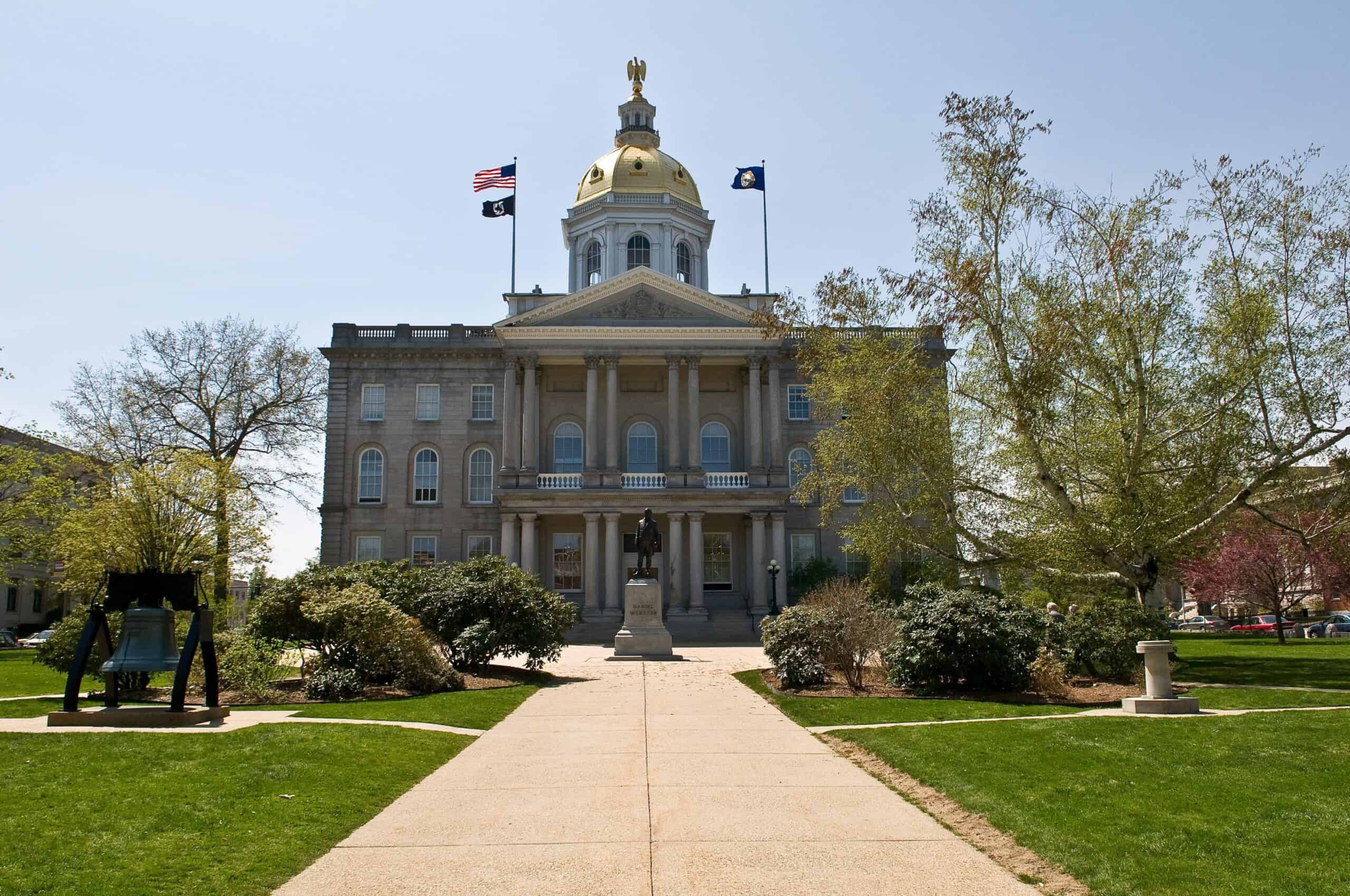
A law passed in 2022 required that graduating high school students in 2027 have completed a financial literacy course in order to graduate. New Hampshire had previously integrated personal finance principles into its social studies standards, and the new law makes it into a separate course.
North Carolina

Requirements for personal finance in North Carolina were implemented for the class of 2024. The required class covers personal finance, financial planning, economics, how to be a “wise consumer”, and more.
Ohio

Ohio passed a law requiring financial literacy classes in 2022, with the class of 2026 being the first to require the class for graduation. The class is only a half-credit course. Students attending a private or charter school are not required to take the class.
Oregon

In 2023, the Oregon government passed a law that made completing a personal finance course a requirement for high school graduation. The change goes into effect in 2027. The law requires students complete a one-half credit personal finance course and one-half credit of career path skills.
Pennsylvania

Beginning in 2030, all high school students in Pennsylvania will have to complete a personal finance course in order to graduate. The course can be completed any year of high school. When Pennsylvania finally implements this plan, the U.S. will pass the 50% mark of students who have access to personal finance courses, with 53% of all U.S. student having access to some kind of finance class.
Rhode Island

Rhode Island’s new high school graduation requirements went into effect for the class of 2024, mandating that all students show some kind of proficiency in financial literacy before they can graduate. Students can either take a financial literacy course, pass a financial literacy assessment, complete a personal finance project, or a combination of courses that include the required materials.
South Carolina

South Carolina requires that all students complete a one-half credit course in personal finance in order to graduate. The new change goes into effect for the class of 2028.
Tennessee

Tennessee implemented its new high school graduation requirements for the class of 2013. Students now have to complete a one-half-credit financial literacy course for graduation.
Utah

Utah was the first state to require financial literacy for students to graduate. Though, that doesn’t seem to have helped the state’s extremely high bankruptcy rate. The new requirements took effect for the 2008 graduating class which is a half-credit course.
Virginia

In 2009, Virginia passed a law for new personal finance requirements for high school graduates that went into effect for the class of 2015. The law mandates that all graduates take a one-credit personal finance and economics course.
West Virginia

West Virginia’s new personal finance graduation requirements take effect for the graduating class of 2025, with this year’s graduates being the first to complete the half-credit personal finance course.
Wisconsin

Finally, we get to Wisconsin that passed a new law in 2023 for the 2028 graduating class. All future student will be required to take a half-credit financial literacy course in order to graduate. The course covers things like money management, credit and debt, risk management, insurance, “financial mindset”, employment, and more.
The post These Are the 27 States That Guarantee a Personal Finance Course for All High Schoolers appeared first on 24/7 Wall St..


























































